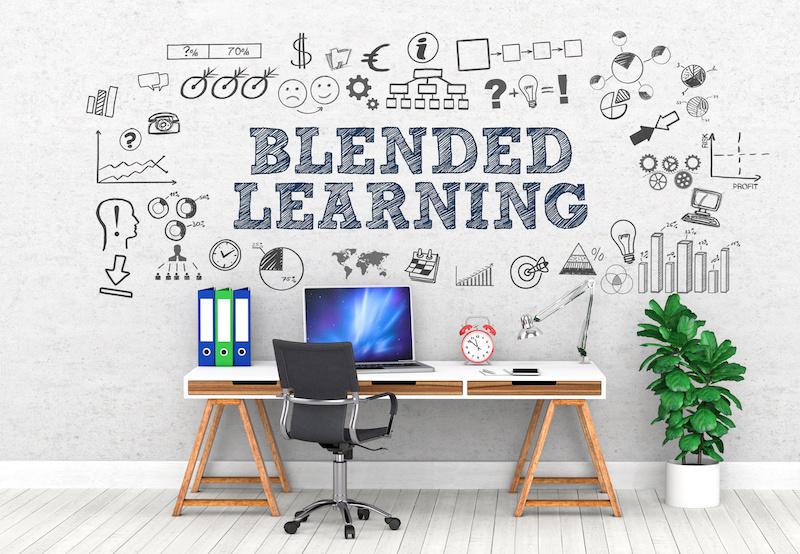Blended Learning
Blended Learning creates opportunities for students to experience personalization, differentiation, and the use of 21st-century technology to meet their specific learning needs. By learning to harness appropriate technology for teaching through brick-and-mortar and online-based instruction, K-12 educators will explore relevant tech resources, Makerspaces, station rotation models, and much more. Educators will also learn to compose a well-developed plan for adopting technology in order to implement a thriving blended learning environment.
|
Course Name: Blended Learning: Empowering Students for Success in the Digital Age |
|
|
Course Number: EDUC 717X |
Semester Credits: 3 |
Course Description
This course will focus on the current "hot topic" in education, blended learning. Blended learning utilizes technology for effective instruction through brick-and-mortar and online-based instruction. Blended learning goes beyond merely bringing technology into the classroom. This model helps create an individualized approach as it extends the curriculum for deeper analysis of a topic. Students come to school eager to learn new information, and with the help of digital media, they remain engaged and focused on absorbing what is being taught.
The course Blended Learning centers on the idea that there is a difference between technology for learning and technology for teaching. The difference is that technology for learning focuses on the end result. Students are actually retaining the information taught rather than focusing on the delivery system (i.e., SMART boards or student apps). It is essential for teachers to understand that bringing technology into a classroom just to have technology will not improve student learning. A well-developed plan for how and when technology should be used will be the starting point of successful blended learning.
Goals
- define blended learning
- describe the models of blended learning
- compare sustaining models and disruptive models
- choose the best model that will work for their classroom
- identify 12 apps or technology resources that could be used to jumpstart their move to a blended learning classroom
- communicate the definition, essential qualities, impact, and implementation tips for Makerspaces
- apply a tool that is available to build a Personal Learning Network (PLN)
- understand the importance of communicating when and where students will rotate in a blended learning setting
- reflect on the impact of this course on current thinking regarding the value of a combination of traditional face-to-face teacher instruction and online learning
Course Contents
- The benefits of blended learning for increased academic achievement in learners including time for differentiation with students
- An overview of blended learning and the shifts required for the teacher to integrate online learning with face-to-face instruction
- The steps to determine the best model of blended learning for the teacher enrolled in the course
- Introduction to available apps and technology resources to support online learning
- Getting started by creating a rotation schedule for students to know when and where they are to meet during the school day
- How to implement a tool for building a Personal Learning Network (PLN) to allow for the sharing of resources, discussion of best practices, and collaboration
- The benefits of Makerspaces for students
Evidence of Learning Outcomes
Upon completing Blended Learning, the student will demonstrate an understanding and practical application of various blended learning tools. Topics include learning how to describe the blended learning models, comparing and contrasting sustaining and disruptive models, choosing an appropriate blended learning model for their students, identifying apps or technology resources for their blended learning classroom, and using Makerspaces, and much more.
How to Register
Blended Learning can be completed in either an online or via emailed PDF format. It is open for anyone to register at any time during an open semester. After completion, students receive graduate, non-degree semester credit on official transcripts from the University of La Verne, an accredited university in La Verne, California.
Registration is fast and straightforward and can be done online or over the phone. Courses are offered on a rolling basis during three standard semesters, and you can begin whenever you are ready! The registration dates are:
- Fall: September 1 - January 31
- Spring: February 1 - May 31
- Summer: June 1 - August 31
